How to Propagate Succulents : 3 Methods
Succulents are probably some of the easiest and most rewarding plants to propagate, with often a very high success rate. This makes them the ideal way for beginners to learn how to propagate and spread plant love. In this guide, we will show you 3 ways of Propagating succulents successfully.

WHEN TO PROPAGATE AND WHAT YOU WILL NEED
As with Tropicals, the best time of year to propagate succulents is generally Spring and Summer. This gives your mother plant time to replace the parts of the plant that have been removed, as well as giving your cuttings a good amount of time to produce roots and grow strong before Winter.
You’ll need some equipment too:
- Pair of sharp scissors: To make the snip
- Something to sterilize your scissors with, such as rubbing alcohol, hydrogen peroxide or even alcohol-based hand sanitiser. Spritzing your scissors with any of these is important to avoid transferring diseases and viruses between plants.
- Well draining Potting Medium, Cactus soil OR Perlite
- Plastic Nursery or Terracotta Planters with Drainage.
- Rooting hormone (optional).
- Water and a Vase to house certain cutting in.
- Gloves for the prickly guys.
Let’s take a look at the 3 Easy ways to propagate Succulents.
Method #1: PROPAGATION FROM LEAVES
Many succulent plants have the ability to grow a whole new plant from just a leaf, either naturally by dropping off the plant or by human intervention. The best types of succulents that are able to be growing from leaves are plants that have succulent foliage such as Echeveria, Aeoniums as well as Burro’s Tail (to name a few).
How to Propagate
Step 1: Choose a few firm-healthy succulent leaves.
Step 2: Pinch the leaf gently between your fingers and gently tug it off the mother plant, ensuring that it comes away cleanly and is not broken.
Step 3: Allow to callous overnight, i.e. let a thin film of “skin” cover the juicy “wound”.
Step 4: Prepare a lightly moistened well-draining potting mix in a plastic nursery pot large enough to house a few leaves.
Step 5: Place the leaves on top of the potting mix in a spiral pattern. Try to avoid sticking the leaf end in the soil.
Step 6: Place in a bright indirect light position, and keep the topsoil lightly moist to the touch.
You will eventually note tiny roots forming, and soon thereafter, a new plant.
Step 7: Allow the plantlets to grow to approximately 5 times the size, compared to the moment that they were formed. They will then be ready to be transplanted into their own planters.
Once established, your plant is ready to be shared.
TOP TIP: You will have more success with a whole leaf over a broken leaf.

Method #2: STEM PROPAGATION
With certain succulent plants, it is much easier to take cuttings instead of using a leaf. This is due to the fact that many of them either do not have succulent foliage that will shoot out growth or are considered easier to root through their stems. This is especially true for succulents that do not necessarily have leaves, or if their leaves and stems are considered as one, anatomically.
Great examples of plants that propagate better as cuttings include the Hurricane Cactus, African Milk Tree and Spekboom.
How to Propagate
Step 1: Choose a stem that is approximately 8-10cm in length that has a few leaves and nodes.
Step 2: After cutting, dip in rooting hormone and allow to callous overnight. (Dipping in rooting hormone is not necessary but will help your cutting root faster).
Step 3: Prepare a container with a pre-moistened well-draining potting mix.
Step 4: Press each cutting into the soil and place it in a bright, warm position out of direct light.
Step 5: Keep cuttings lightly moist until new growth forms.
Once new growth has formed, your plants are ready to be sent off to their new forever home.

Method #3: PROPAGATION USING OFFSETS
This is definitely one of the best and most successful ways of propagating a succulent as every little offset is just a tiny clone of the mother plant, awaiting a home of its own. Offsets often form at the base of the Mother plant, however, they can also be found growing out the sides.
Great examples of succulents that produce offsets include Silver Squill, Rebutia Cactus, Pfierrera Cactus.
How to Propagate
Step 1: Choose a plant that has offsets around half the size of the mother plant.
Step 2: Simply twist these off or remove them from the Mother Plant when re-potting.
Step 3: If the offsets do not have developed root systems, dip in rooting hormone and allow to callous overnight. If they do however have root systems move immediately to step 4.
Step 4: Pot up each offset into a pre-moistened well-draining potting mix.
Step 5: Place in a warm bright position and keep slightly moist until new growth forms, once this happens your plant is ready to be treated as an adult.

IN SUMMARY
Succulents are some of the easiest and most rewarding plants to propagate and are definitely a fabulous place to begin one’s propagation journey. However, if you note mushy stems or leaves when propagating you may be keeping the soil too moist and this may cause a decline in the success of your propagation. It is best to just chop off the rot and try again.
Ultimately, propagation is always a lot of fun and there are loads of plants that are super easy to multiply, helping you grow your jungle just that little bit faster.





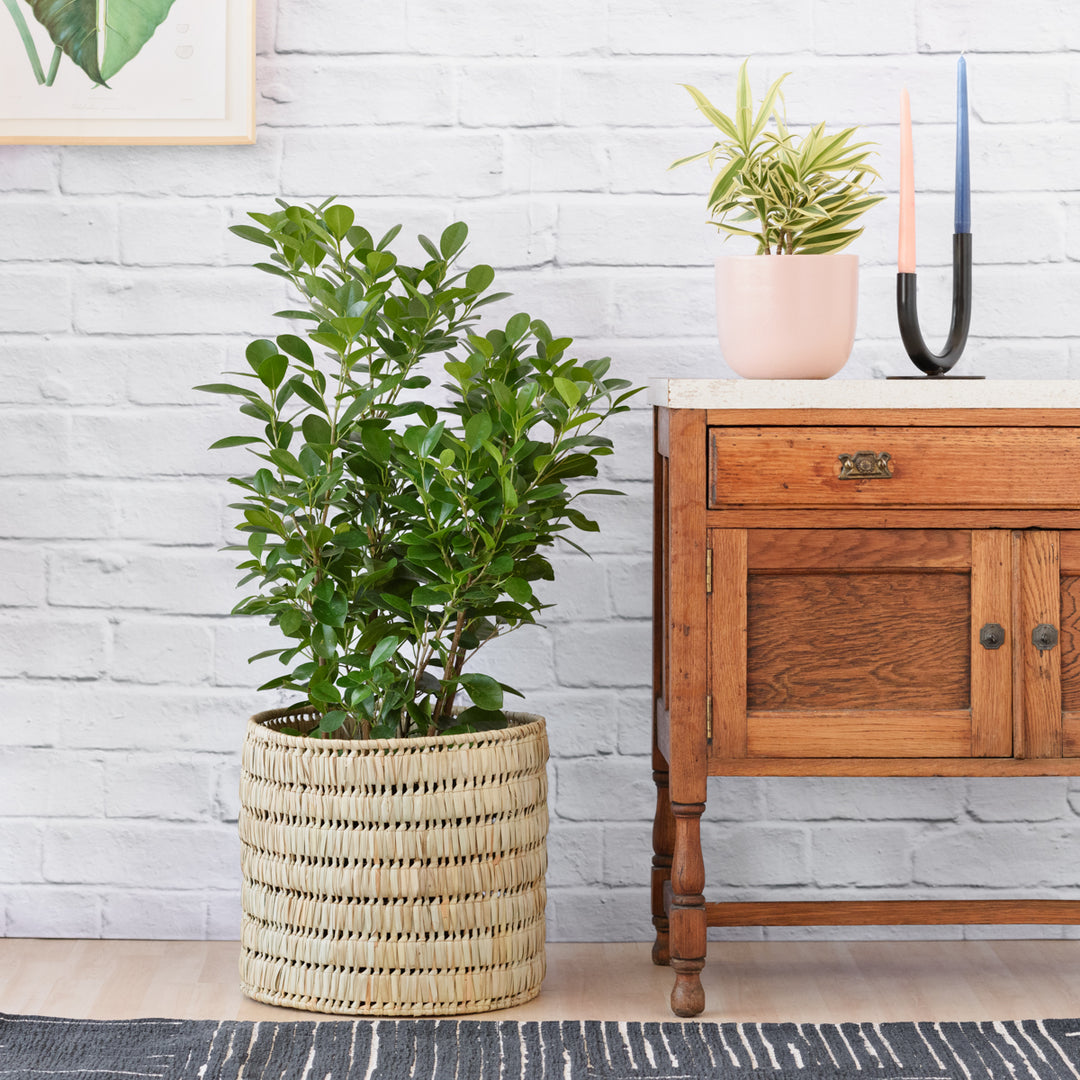
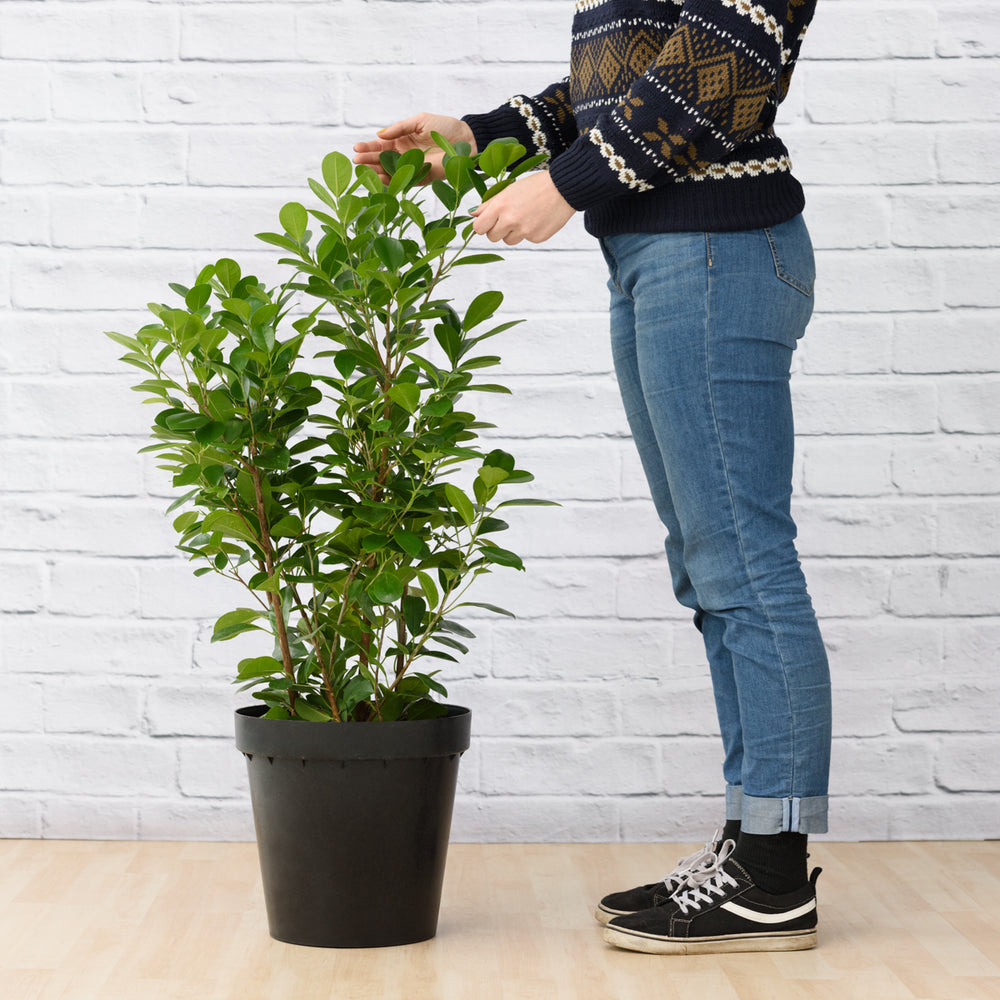
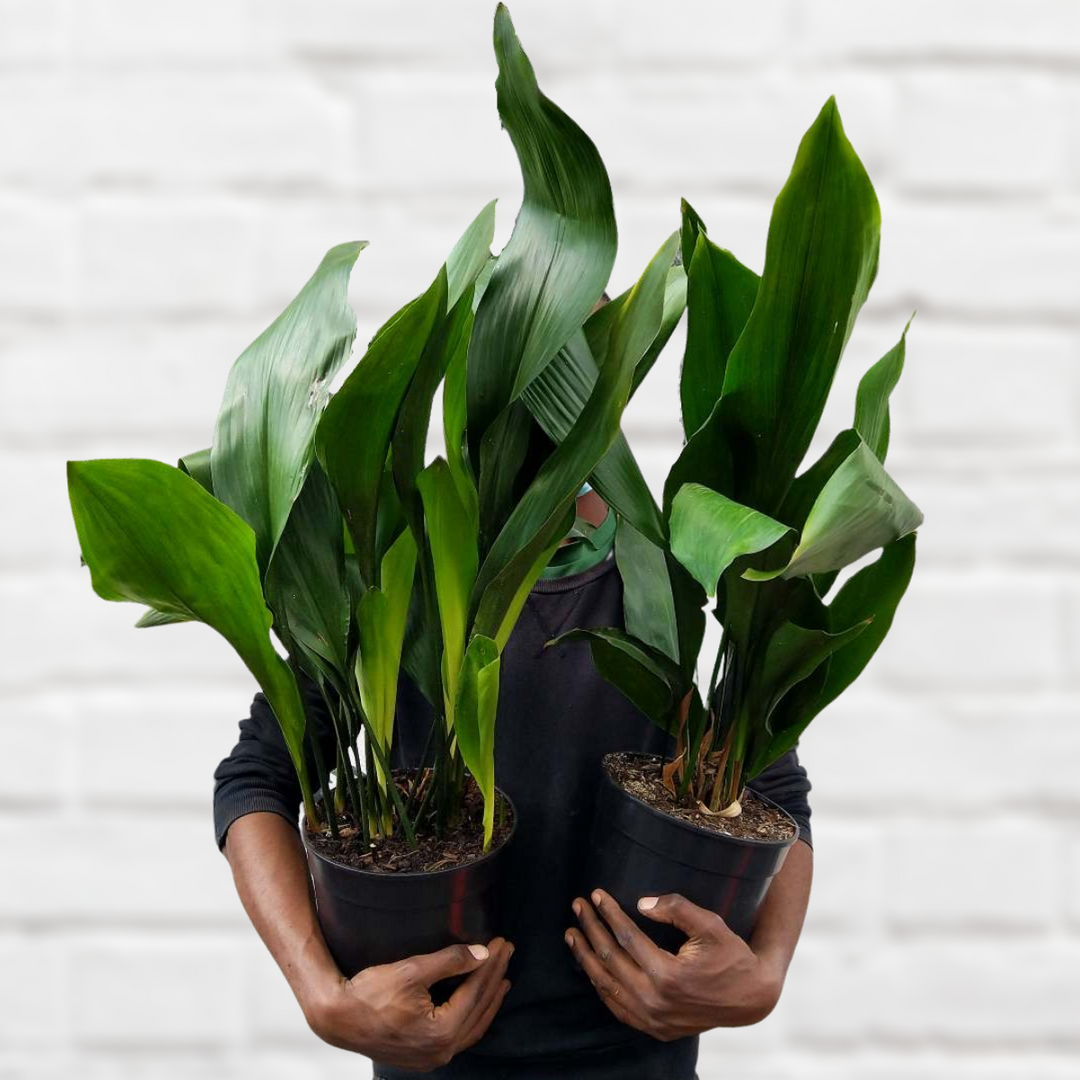
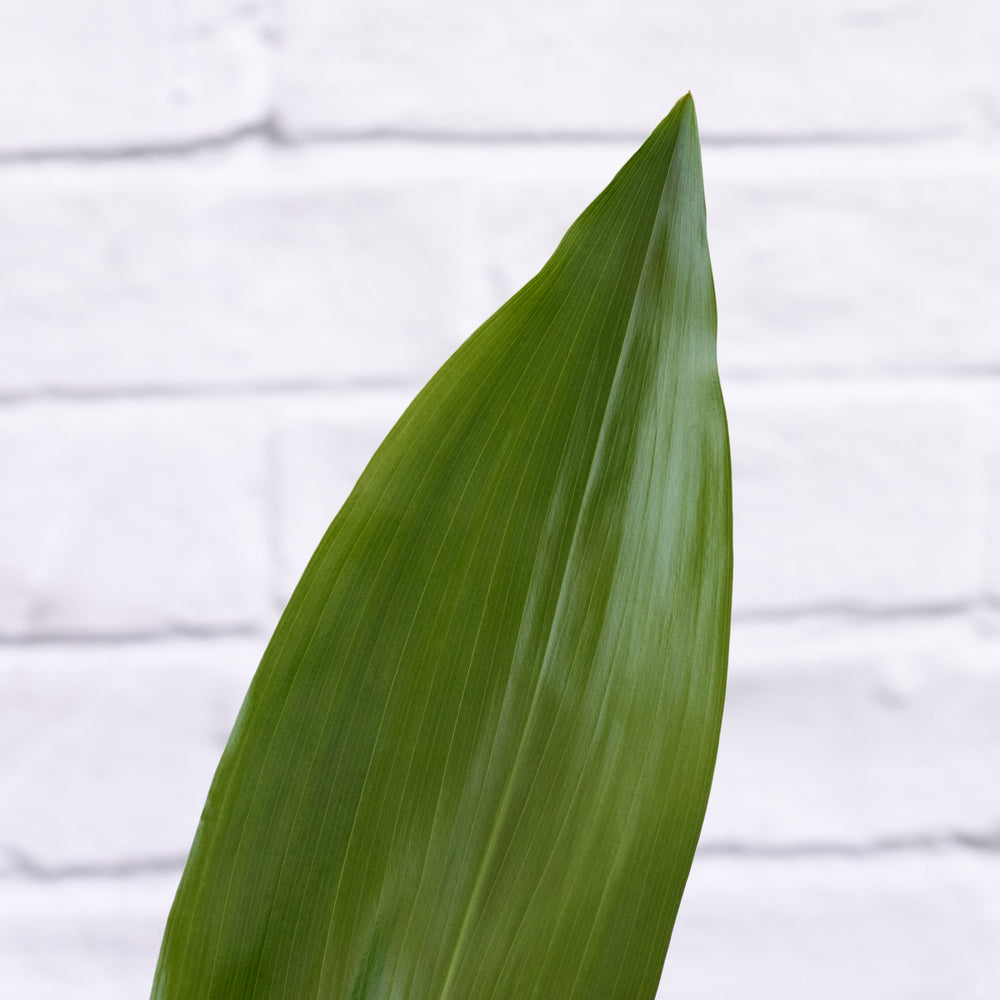
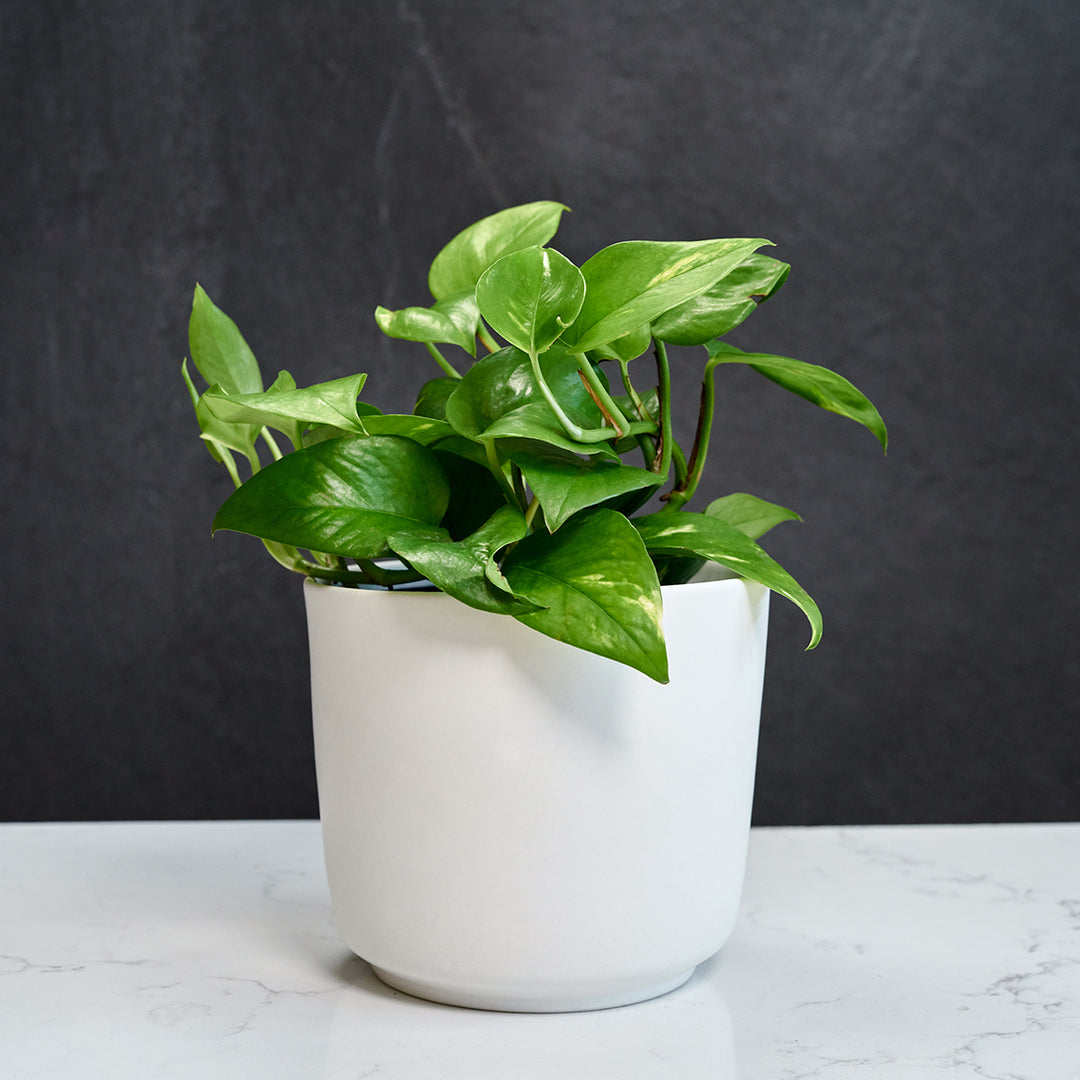
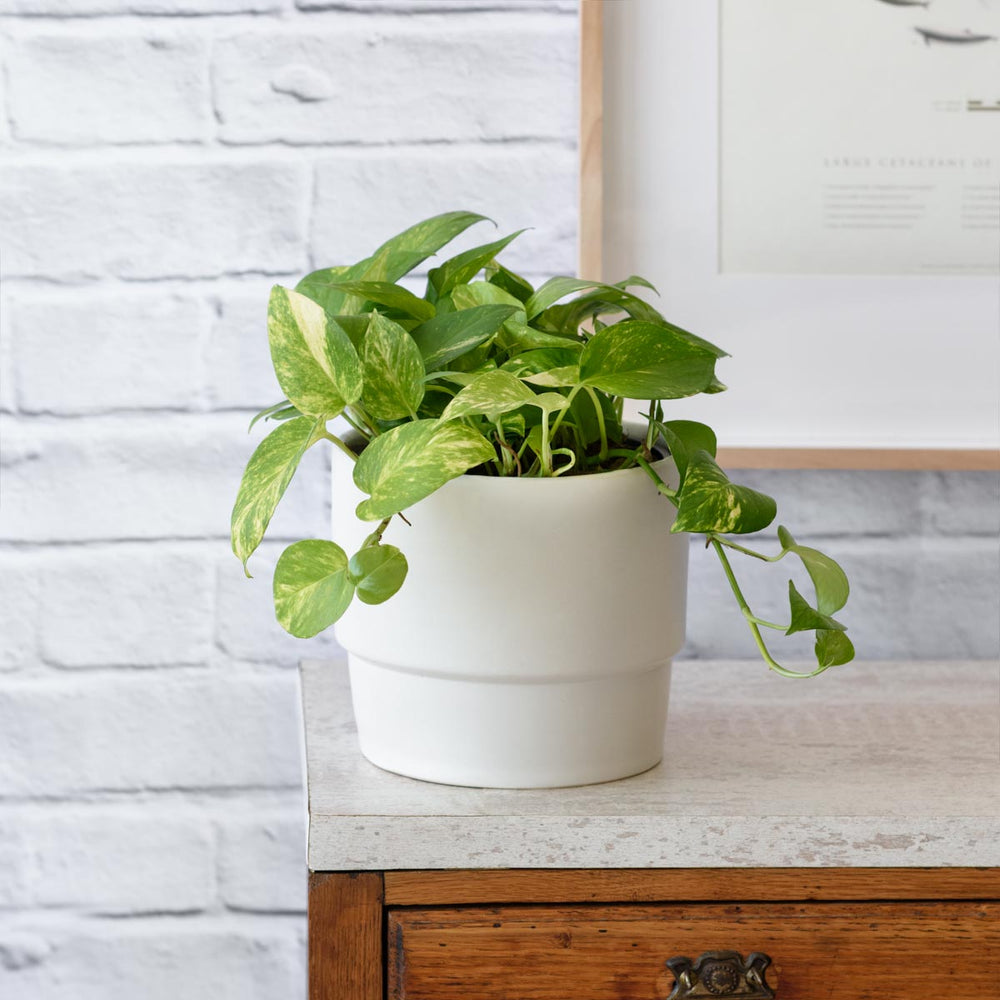
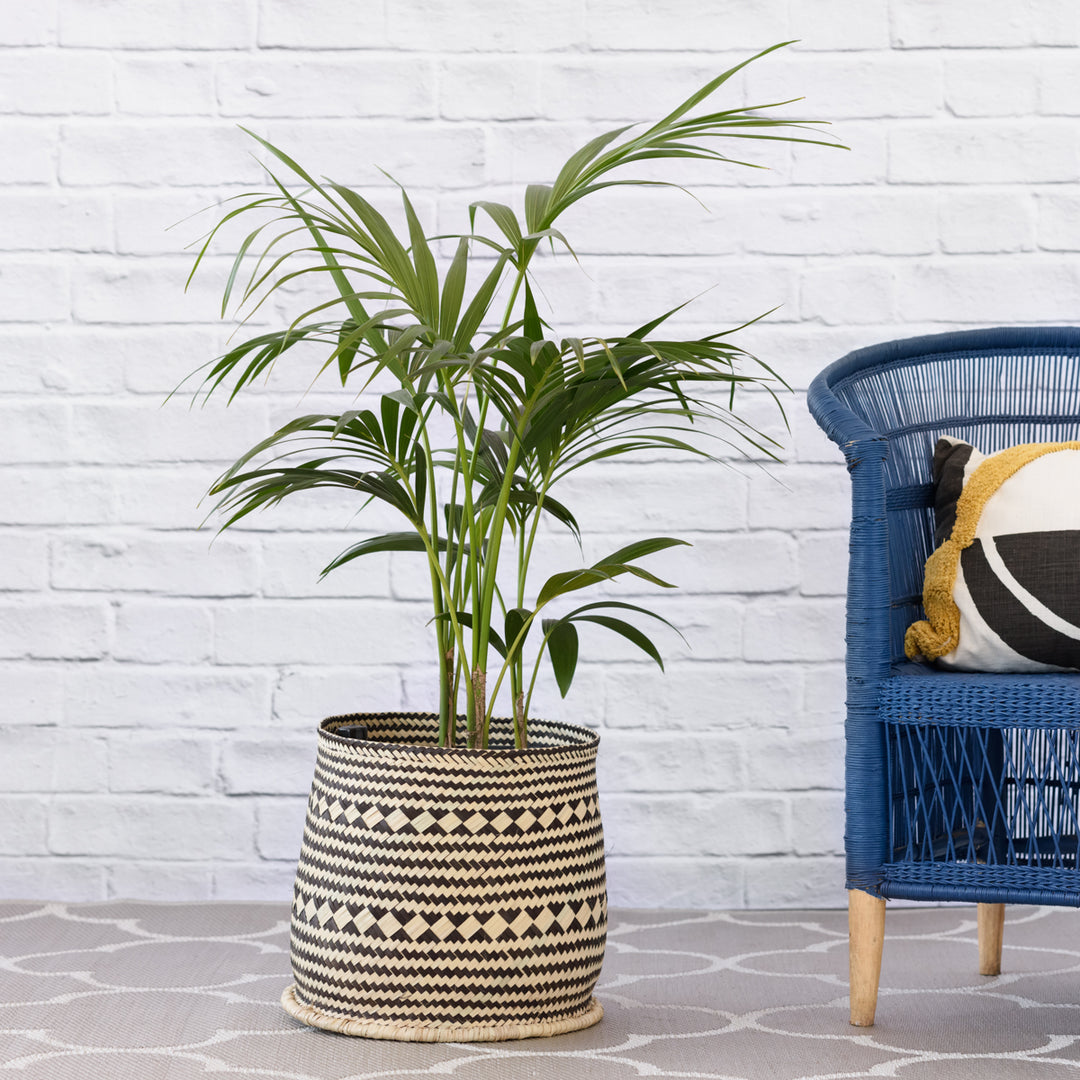
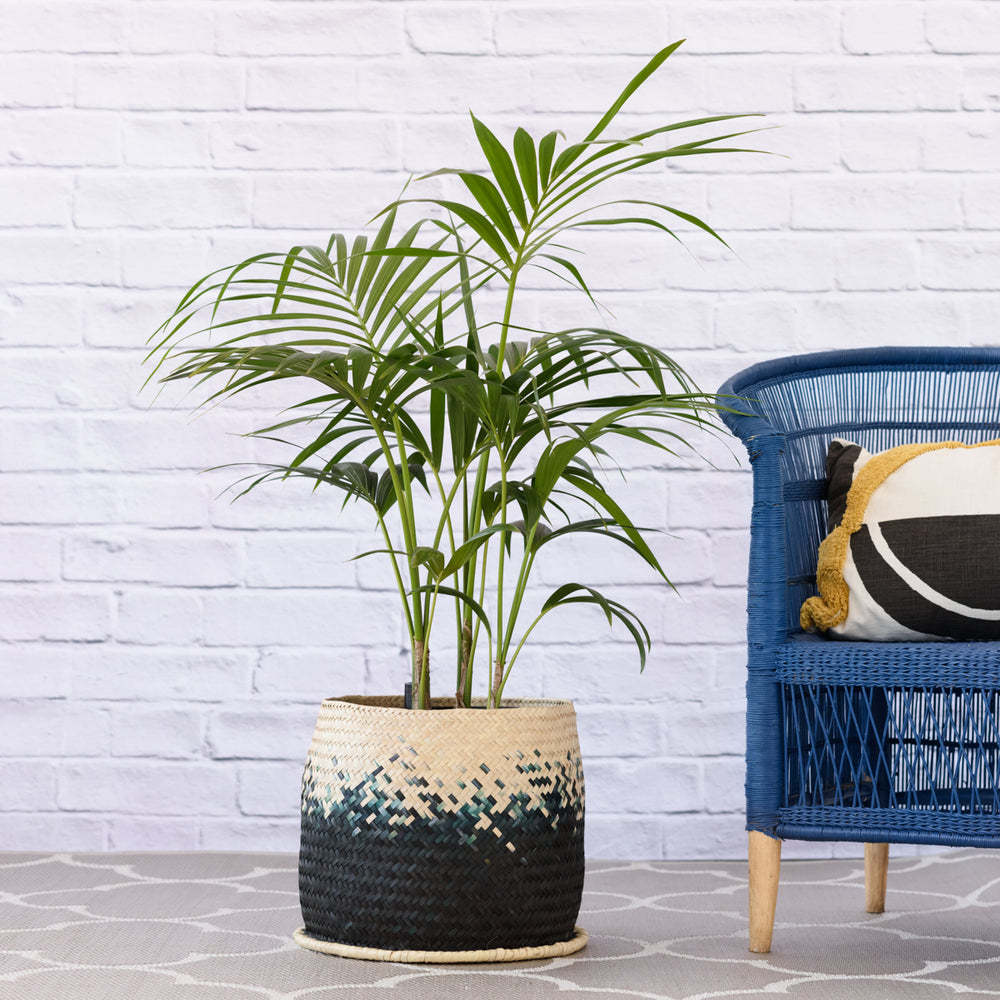


Leave a comment